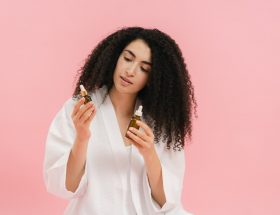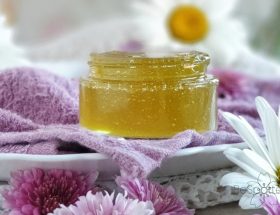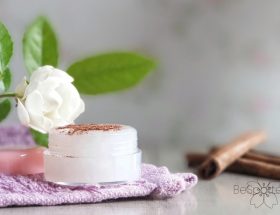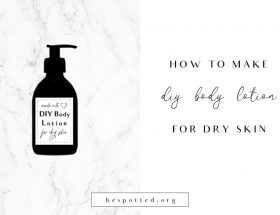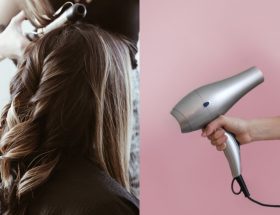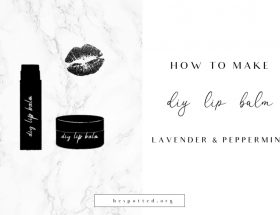This post may contain affiliate links. Any sales made through such links will reward me a small commission – at no extra cost for you!
If you are at all into skincare, you have probably heard of multi-masking. This still growing trend has taken over Instagram, beauty blogs and the rest of the skincare community. It is a simple yet efficient technique that allows you to treat different skin concerns at the same time.
And of course this technique became so popular – barely anyone has normal skin or just one skin problem consistent over their entire face. So all of you who need to think about oily T-zone, dry cheeks, dark under eye circles and a few sensitive areas at the same time – pay attention. You will fall in love with multi-masking!
What Is Multi-Masking?
Multi-masking is exactly what it sounds like – it is a skincare technique that allows you to treat different areas of your face differently because, well – that’s what they need. It literally means applying two or more face masks to the different parts of your face at the same time so that each part gets exactly what it needs.
Do you necessarily need multi-masking in your life? No. If your skin is normal or consistently dry or oily over your entire face, than just one mask would be more than fine. Multi-masking is more for people who have two or more skin problem areas and need a way to treat them all without wasting too much time on each of them separately.
Does Multi-Masking Work and What Are the Benefits?
If you have a combination skin (and many of us do), finding the right products that would work for both your dry and oily areas can be so hard. Your dry cheeks need moisture that can be too much for the oily parts of your skin. Your oily T-zone could really use some purifying and mattifying masks that can suck the life out of your already dry cheeks.
And then, there are other parts of your face that require each their own thing. Dark circles and puffy eyes, fine lines around your eyes and lips, sensitive chin, enlarged pores on your nose, areas that easily break out or those with pigmentation issues…
Whatever you are dealing with, there are so many amazing treatments for each of these. But not many that would work for all of them.
And that’s exactly where multi-masking thrives. Instead of trying to find that one magical face mask that should help you treat every skin problem you are dealing with, you can simply treat all the areas separately by using different masks. And you can save yourself some time and do it all at once.
How to Do Multi-Masking for Different Skin Concerns
So, if you want to try out multi-masking for yourself, first you need to figure out how many different masks you’ll need. Many of you will need just two, while some might need more. Then, you apply them all at the same time to the exact areas you need help treating.
Here’s how to multimask if you have:
Dry Areas
People with combination skin often have dry cheeks while their T-zone is oily. But the dryness can appear in other areas as well, such as around your nose, temples, chin and jaw line and even forehead.
Wherever your skin feels dry, rough or flaky, try to supply it with as much moisture as possible. Moisturizing face masks rich in natural oils and butters, as well as humectants such as hyaluronic acid or glycerin, would be perfect for this.
Oily T-Zone
To absorb the excess oil and thoroughly cleanse the oily forehead, nose and chin, you will need a mask that can draw out the impurities, but it should also be gentle so that it doesn’t dry out the skin. Clay, charcoal or mud masks are the way to go about this.
Enlarged Pores
You cannot get rid of your pores, but you can make them tighter, cleaner and less visible. Apply a mask that contains clay, charcoal or BHA to your nose and wherever else you can spot large pores.
Discolorations
Hyperpigmentation rarely occurs evenly all over the face. More often, you can only find it in certain areas, such as your cheeks. To fade those dark spots, try out a mask with skin brightening properties that contains vitamin C, AHAs, licorice and/or algae.
Sensitive Patches
If your redness tends to appear only in certain areas, you can treat those with a mask full of soothing and anti-inflammatory ingredients. Look for aloe vera, chamomile, honey, oat extract, green tea, jojoba oil, etc.
Acne-Prone Areas
Acne appear when the pores get clogged and all the sebum and bacteria stay trapped inside. Face masks that contain clay and salicylic acid gently exfoliate the skin and collect the oil.
Dark Circles, Puffy Eyes or Crow’s Feet
If your under eye area is giving you a hard time, use your multi-masking session to treat it as well. Apply under eye patches or treatments meant to treat specifically this delicate area and the exact problem you need help with.
A Few More Tips to Keep In Mind When Multi-Masking
In the end, just like when you are applying only one mask, there are certain things that could enhance the results and a few common mistakes you should try and avoid:
- Apply your masks after a face steam. Your skin needs to be clean and the warm steam will loosen any debris that is clogging your pores.
- Whichever technique and product you use to exfoliate your skin, now is the right time to use it. Remove the dead skin cells before multimasking and apply the masks directly to the new, young skin underneath. (You can also apply an essence before the masks, to improve the absorption.)
- Plan your multi-masking session upfront. Different masks should be left on the skin for different amounts of time. So, check those before applying the masks and first apply the mask that can stay on your skin for longer.
- After you remove the masks, always apply a moisturizer. A nice quality face cream will lock in all the goodies you just supplied your skin with and prevent drying out.
- Don’t overdo it. As amazing as multimasking is, doing it too often or using more types of masks than your skin realistically needs could potentially lead to dryness, clogged pores or skin irritations.






